
Trial OpenHelix Bioinformatics and Genomics Training
Trial available until September 6th
In our current genomics era, it is ever more critical to access and analyze the vast amounts of data available to the researcher and scientist. However, it is a daunting task to learn how to use the databases and tools that are used to store and analyze genomics and genomics related data.
To help faculty, staff and students quickly learn to use these resources, OpenHelix (www.openhelix.com) has created over 100 tutorial suites on critical databases and tools.
University of Cincinnati has the opportunity to evaluate the OpenHelix bioinformatics and genomics tutorial suites.
The tutorial suites include an introductory online narrated tutorials, which run in just about any browser, can be viewed from beginning to end or navigated using chapters and forward and backward sliders.
In addition to the tutorials, you also receive useful training materials including the animated PowerPoint slides used as a basis for the tutorial, suggested script for the slides, slide handouts, and exercises. You can save time and effort by using these to create classroom content. Check out the quick reference card available for more information!
To visit OpenHelix, login to Off Campus Access. Then visit www.openhelix.com and you will have access to all the features and functions of OpenHelix. You will know you are in the trial if the upper right hand corner says “Welcome University of Cincinnati, Donald C. Harrison Health Sciences Library users”. Please let us know what you think by filling out the survey available at http://guides.libraries.uc.edu/trials.
If you have any difficulty or have questions and comments, contact Kristen Burgess at Kristen.burgess@uc.edu or by phone at 513-558-3071.
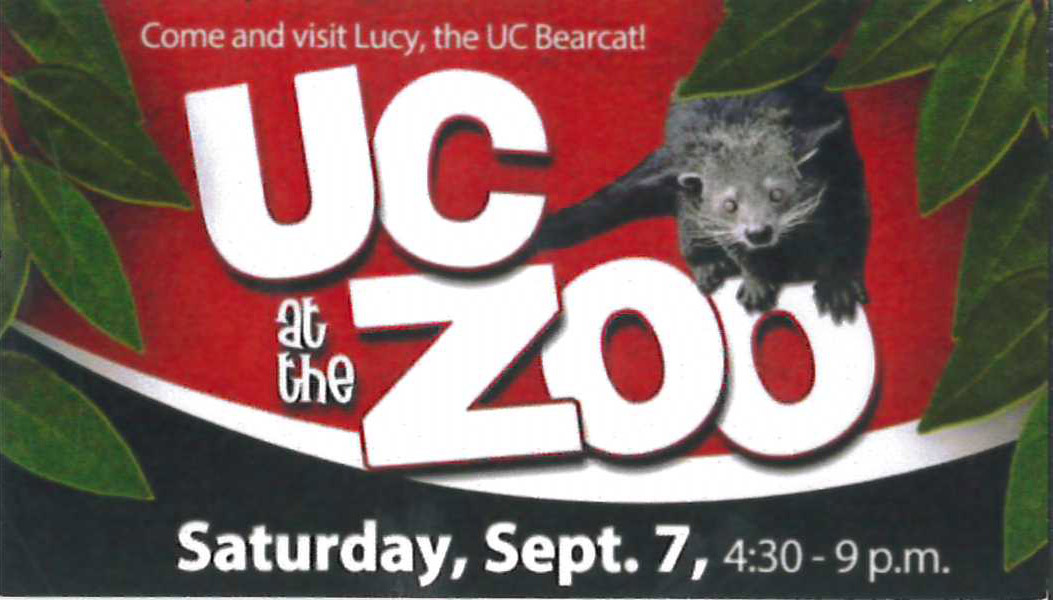 UC at the Zoo is BACK – and it’s better than ever! Tickets are only $7 and include parking, entertainment and discounts at food vendors (excluding alcoholic beverages).
UC at the Zoo is BACK – and it’s better than ever! Tickets are only $7 and include parking, entertainment and discounts at food vendors (excluding alcoholic beverages).
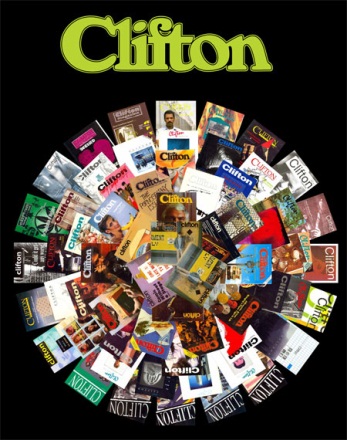

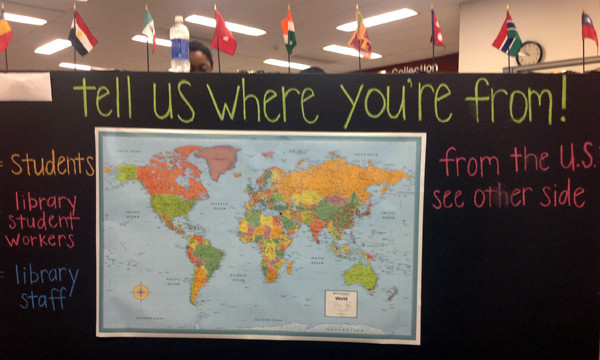
 Today’s featured country:
Today’s featured country: 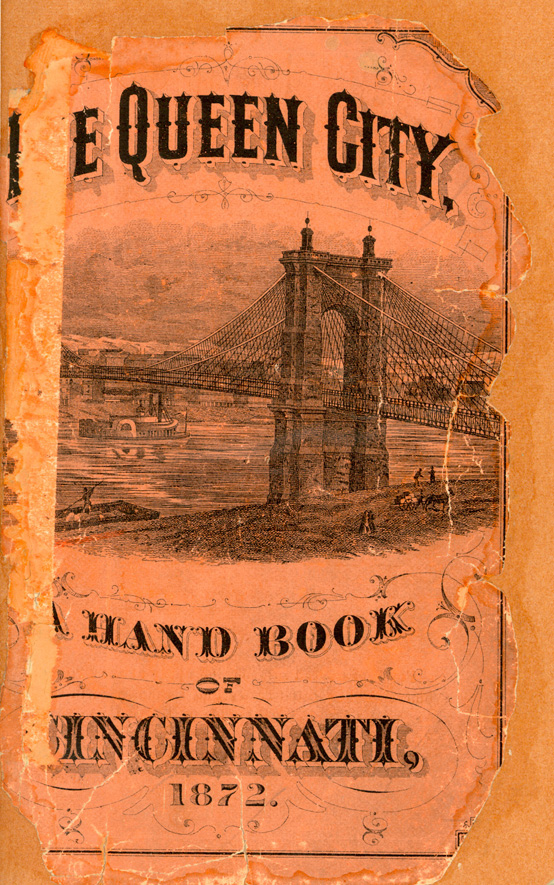
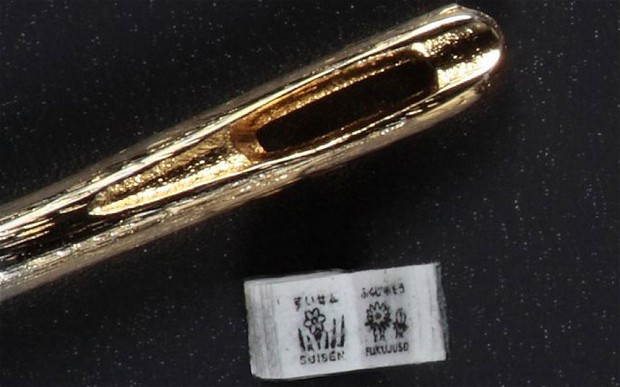 Mark Palkovic, head of the
Mark Palkovic, head of the 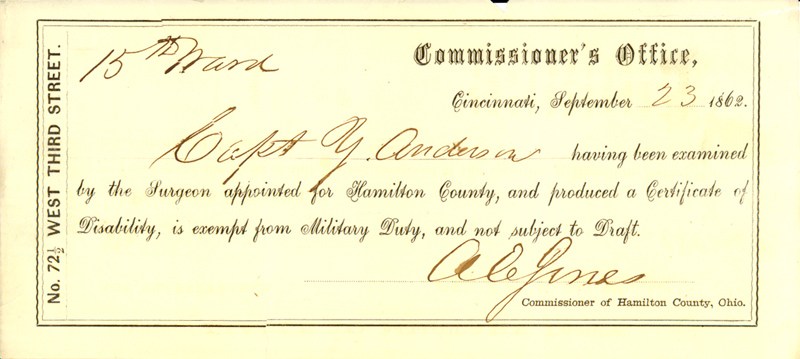
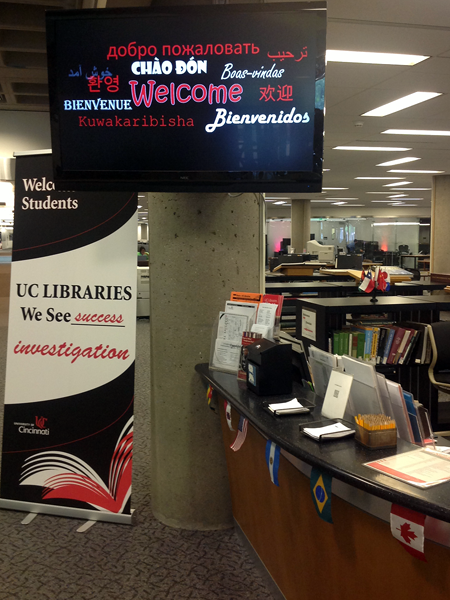 “…All flags shall here be seen…” – this line from Pushkin’s “The Bronze Horseman” describing the thoughts of Peter the Great as he was envisioning St. Petersburg, comes to mind as one enters Langsam Library this summer. Flags of dozens of countries adorn the Circulation and InfoCommons desks greeting the UC Community, including nearly 3,200 international students from 110 countries. “I feel as if I were at the United Nations [Headquarters],” a colleague remarked today passing by the InfoCommons desk.
“…All flags shall here be seen…” – this line from Pushkin’s “The Bronze Horseman” describing the thoughts of Peter the Great as he was envisioning St. Petersburg, comes to mind as one enters Langsam Library this summer. Flags of dozens of countries adorn the Circulation and InfoCommons desks greeting the UC Community, including nearly 3,200 international students from 110 countries. “I feel as if I were at the United Nations [Headquarters],” a colleague remarked today passing by the InfoCommons desk. Today’s featured country:
Today’s featured country: